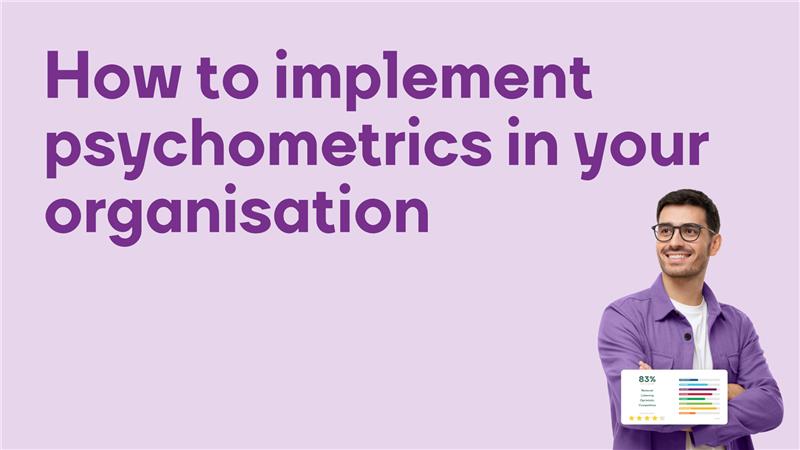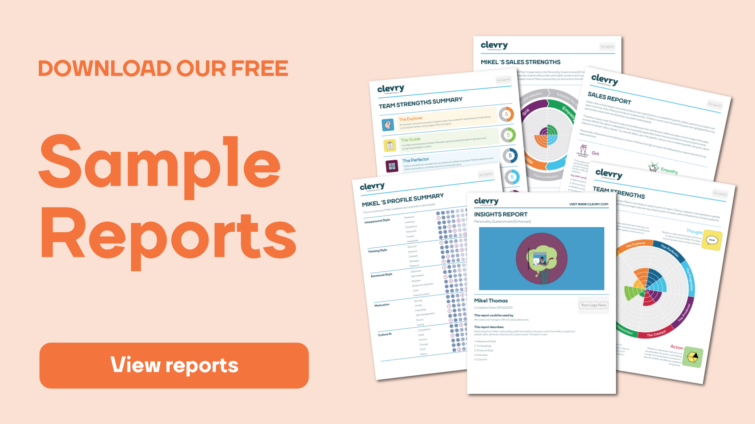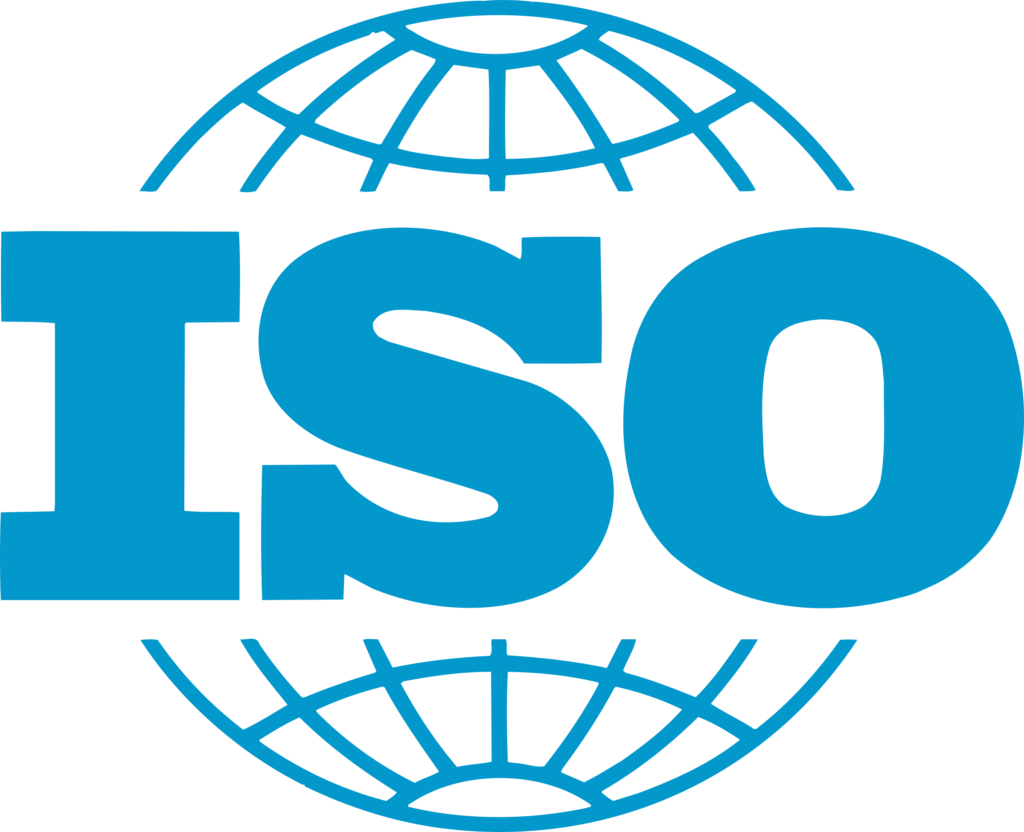If you’re in the world of work, the chances are you’ve come across psychometrics before. Whether it be a cognitive ability test as part of a selection process, a personality questionnaire for development purposes, or an interest inventory in a career coaching context to name but a few.
Psychometrics are well entrenched into organisational culture and provide an excellent framework for us to have meaningful conversations and to make evidence-based decisions. However, this does not mean that everyone has experience with psychometrics or that every organisation uses them, and to speak candidly, some are sceptical of their value and cautious around their use.

If you’re in Human Resources or Learning & Development, or if you’re a business owner or hiring manager, you may be interested in using psychometrics to help you identify the best talent and develop your staff. You may be curious to learn more about psychometrics and how they can be leveraged within your organisation, and you may be thinking ‘where on Earth do I start?’.
Well, no matter the size of your organisation, look no further! This quick guide explains why we use psychometrics, how to choose the right ones, how to engage internal stakeholders, and considerations you should make before implementing them.
So, sit back, relax, and read on, future psychometricians!
Why use psychometrics?
Psychometrics are designed to measure psychological constructs in an objective and standardised way. Naturally, we make assumptions about others with the limited amount of information we can gather in our interactions with them.
Over time, as we get to know a person, we gather information from which we make assumptions about how they may perform or behave or what they might enjoy or be interested in. It doesn’t take a psychologist to know that many of the assumptions we make about others are riddled with bias and all sorts of inaccuracies! You can imagine the problem this causes in high stakes situations such as assessment for selection.
For instance, an interview amongst other things is a form of personality assessment, but I’m sure you can see why the assumptions an interviewer makes about a candidate may not be reflective of who they truly are or how they are likely to behave once they are in a job role.
This isn’t to say that interviews are bad, but it speaks to what psychometrics are designed to do. Psychometrics are tools that standardise the assessment of a psychological construct (e.g., intelligence or personality) and minimise human error and bias. They’re not perfect and they can be misused, but when used correctly they complement other tools of assessment and give us information that we wouldn’t otherwise have.
Psychometrics can be used for selection, job matching, interviews, employee onboarding, development, and gaining strategic insights about your organisation. They measure constructs like cognitive ability, personality, interests, values, motivations, strengths and many more. Employers use them because they reduce the subjective bias associated with other assessment methods and economise the time of those involved in recruitment or talent development processes. Test takers are rewarded with increased self-awareness and the feeling that their employer/prospective employer is trying to understand who they are before making selection decisions and when leading them down developmental pathways.
Clevry’s mission is to bring selection and talent development into the 21st century. That’s why our offering enables you to use psychometrics liberally throughout the employee life cycle and across your business. Our customisable and flexible suite of assessments allow you to measure what really matters and are scientifically proven to predict performance and other favourable organisational outcomes.
What should I be assessing?
Before you embark on your psychometric journey, it’s important to consider what you need to assess. You don’t want to use an assessment for the sake of it! In principle, the process of identifying the things you should be measuring for selection or talent development is very similar. In either of these contexts, your aim is to identify the competencies needed to perform well in a role or the skills current employees need to gain in order to develop professionally. This all starts with a thorough job analysis.
What is a job analysis?
A job analysis is a review of an existing or prospective job role to draw out the skills needed to perform that role effectively. It usually involves interviewing managers, job incumbents, and stakeholders (e.g., direct reports, clients) to decipher the skills that are predictive of success within a role.
Alternatively, it may entail crafting a new role altogether to meet a business need. From this process, you will end up with a range of hard skills and soft skills that you know are pertinent to a job role. You will also be cognisant of your company’s values and culture which will provide further food for thought during assessment processes.
Hard skills refer to things like formal qualifications, technical know-how, and role-specific knowledge that are traditionally measured through CVs, interviews, and assessment exercises. Soft skills refer to the more human elements of our job roles, that are less tangible and more difficult to measure. This includes constructs like personality, cognitive reasoning skills, values, motivations, cultural alignment and so on.
Psychometrics are especially placed to measure soft skills. Once you know the soft skills you’d like to measure for your selection or talent development process, you’re ready to choose your psychometrics! Different psychometrics measure different things, so you need to find one (or a few) that measure what you’re looking for.
Picking the best provider
Easy! Just choose Clevry.
Okay, there’s more to it than that. There’s a range of things you’ll want to consider when choosing a provider and their assessments. To name but a few, you will want to consider the amount of money and time it will take to implement their assessments into your processes and whether this aligns with your expectations and budget.
You will also want to review the suite of assessments they have on offer and whether these measure the soft skills that are relevant to your organisation. You’ll want to know whether their training resources and supporting materials (such as psychometric reports) are user friendly and comprehensive enough to span different use cases. You’ll also want to experience the candidate journey and their user interface so you can gauge how intuitive and technologically advanced their platform is.
Finally, you’ll want to know if their psychometrics reliably and accurately measure what they claim to. Any psychometric provider worth their salt will have a plethora of research underpinning their assessments which should be available on request.
Winning hearts & minds
For change to work, you need to get buy-in from your stakeholders. There may be resistance to psychometrics in your organisation which could be routed in desire to preserve the status quo or in negative experiences. So, you need to talk to those that the change will impact (e.g., hiring managers, employees, recruitment specialists). In doing so, you need to be transparent as to why you intend to implement psychometrics and educate your stakeholders on the benefits of their use. If you’re uncomfortable doing this or feel you do not have the knowledge to field difficult questions, then reach out to your provider. They will have information to help you champion their instruments within your organisation.
The Clevry team is made up of over 150 recruiters, business psychologists, and development experts. As your trusted advisors, we will support you in winning hearts and minds to get the buy-in you need to make your psychometric venture a success.
Implementing psychometrics
The process of implementing psychometrics is generally simpler for smaller organisations because usage will be less extensive, there are less stakeholders to consult, and you’re less likely to integrate your provider’s platform with other people management systems (e.g., applicant tracking systems).
You must consider who will be using the platform, the psychometrics, and whether there are any training needs (i.e., are your people trained to use psychometrics in line with best practice?). Once you’ve done your job analyses and revealed the soft skills you want to measure and identified a suitable provider, it’s time to get started!
At Clevry, for instance, our Business Psychology team will create an account on our platform for your organisation and will then onboard prospective users. Our onboarding process teaches you to use our soft skills platform and familiarises you with our psychometrics.
We also teach you to use our suite of psychometric reports and explain how to interpret and feedback test scores. This can be lengthened or shortened in line with your requirements. Once trained, it’s best to get going and start using psychometrics in your selection and talent development processes. When a suitable amount of time has elapsed, we can work with you to evaluate their effectiveness and review the skills that are proving most predictive of job performance within your organisation.
We can then work with you to help broaden your use of psychometrics either more widely throughout your business or in different capacities and help you to resolve any pain points you’re experiencing in relation to skills-first hiring or psychometric assessments for selection and development.



